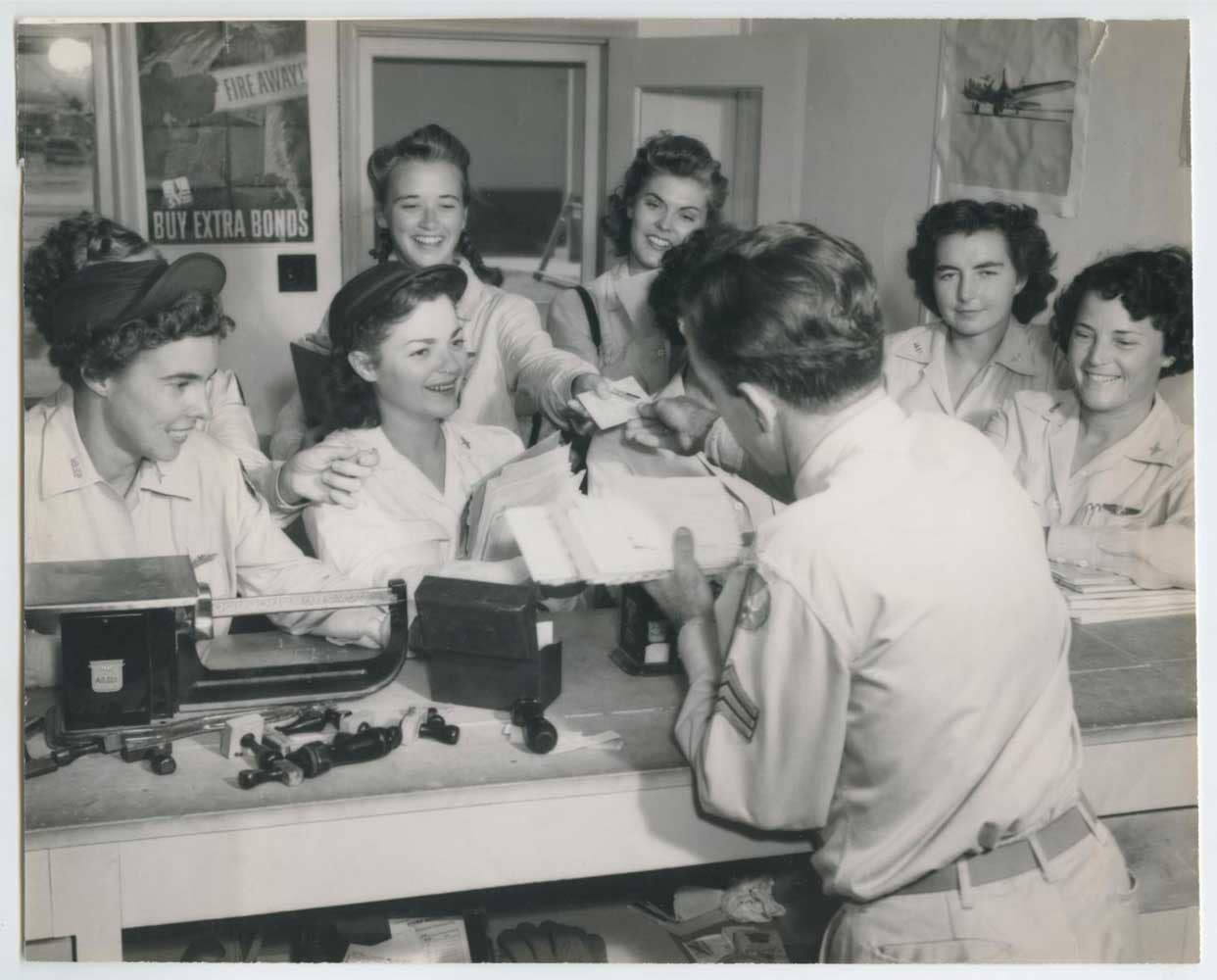About
The National WASP WWII Museum is dedicated to honoring the life and legacy of the Women Airforce Service Pilots and preserving the legacy of Avenger Field on which most of them trained. Our mission is to educate and inspire all current and future generations with the story of the WASP – the first women to fly America’s military aircraft – women who brought honor to our nation and forever changed the role of women in military and civilian aviation.
The values below reflect Museum practices that are already in place and those that are still evolving.
The WASP Museum's Values
- To recognize the WASP as the first women to fly for America’s military and their role in opening doors for Legacy Pilots.
- To inspire people, young and old, to embrace the stories of the WASP that speak to their honor, loyalty, patriotism, and service.
- To call people, young and old, to action using the footprints of the WASP to overcome personal, societal, and technological barriers in their own lives for a purpose greater than themselves.
- To interact with diverse audiences to help them understand modern-day relevance of America’s involvement in WWII with an emphasis on women’s roles in aviation technology.
- To deliver first-class student educational programs to inspire students, particularly young women, to choose careers in aviation using science, technology, engineering, and math (STEM) interactive displays and curriculum.
- Create and maintain a first-class museum campus with displays and aircraft.
- Engage national and diverse audiences through physical and digital access to our collections, exhibits, and oral histories through outreach, media, and Museum experiences.
- Provide cultural tourism to strengthen the economic and community development of Sweetwater and West Texas.
the National Wasp WWII Museum

The National WASP WWII Museum began in 2002 with the vision of two women, WASP Deanie Bishop Parrish and her daughter, Nancy Parrish. They believed the history of the Women Airforce Service Pilots should be showcased at Avenger Field on the grounds where most of the WASP trained during World War II.
Plans to transform this vision into reality began in the fall of 2002 with a presentation to Sweetwater community leaders. On December 9th of that year, a steering committee met for the first time to investigate the Museum’s feasibility. Incorporation documents were presented to the steering committee in January 2003, and the Museum was incorporated in the State of Texas in July 2003. The Sweetwater Chamber of Commerce supported the Museum both financially and with key leadership. In September 2003, the Museum Board of Directors leased 55 acres of land at Avenger Field from the City of Sweetwater. The two hundred-year lease included the land as well as a hangar that had been built in 1929 to serve as the first Sweetwater Municipal Airport.
With incorporation papers in hand and a site settled upon, construction of the Museum began. In 2004 the Board of Directors recruited new members to support the Museum, developed a master plan around architectural drawings, mailed the first official newsletters, and continued to seek funds to build a nationally recognized memorial to the WASP. Renovations to the hangar began in early 2005 culminating in the first National WASP WWII Museum Fly-In. Local, state, and national volunteers worked long hours in order to open the Museum in May 2005. The outside of the hangar was painted, and the inside of the hangar was fully renovated to house the exhibits. In celebration of much hard work, a grand opening was held on May 28, the same day the first class of WASP graduated 62 years earlier.
In 2006 the Museum grew with new members and monetary donations as well as donations of historical artifacts and new exhibits. The first Homecoming at Hangar One, now held annually, was held on Memorial Day weekend. The highlight of the first Homecoming was the opening of the exhibit depicting a bay, the living quarters of the WASP while they were in training.
As membership and interest in the Museum grew, directors hired an executive director in 2007. In 2008 the Museum began to register the extensive collection, to find new marketing and fundraising avenues, to increase membership, and to build new exhibits.
As a continually evolving project, the Museum has grown each year. In 2020, the Museum closed for six months to expand and grow, both in facilities and its Mission. It reopened May 15, 2021 with a new Welcome Center and Gift shop, a temperature and humidity-controlled archival vault and suite, a fully stocked Catering room, state of the art Conference Room, and a beautiful Exhibit Gallery. The mission has expanded to preserve the history of the WASP and its airfield and promote their legacy down to our youngest generation.
The future includes a $3.5 million fabrication of all-new exhibits across the entire campus.




